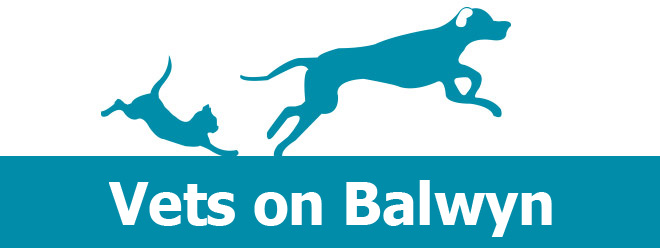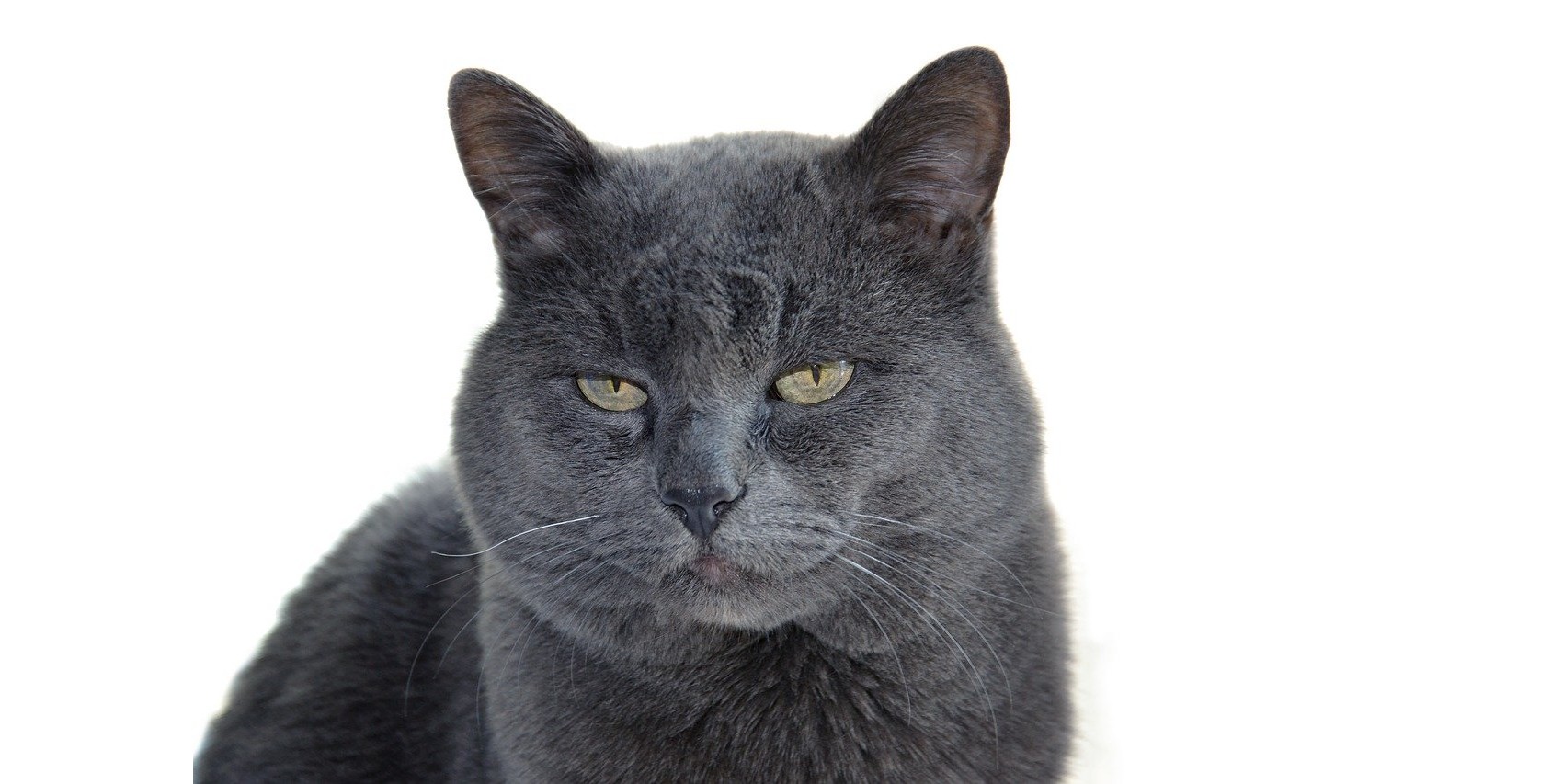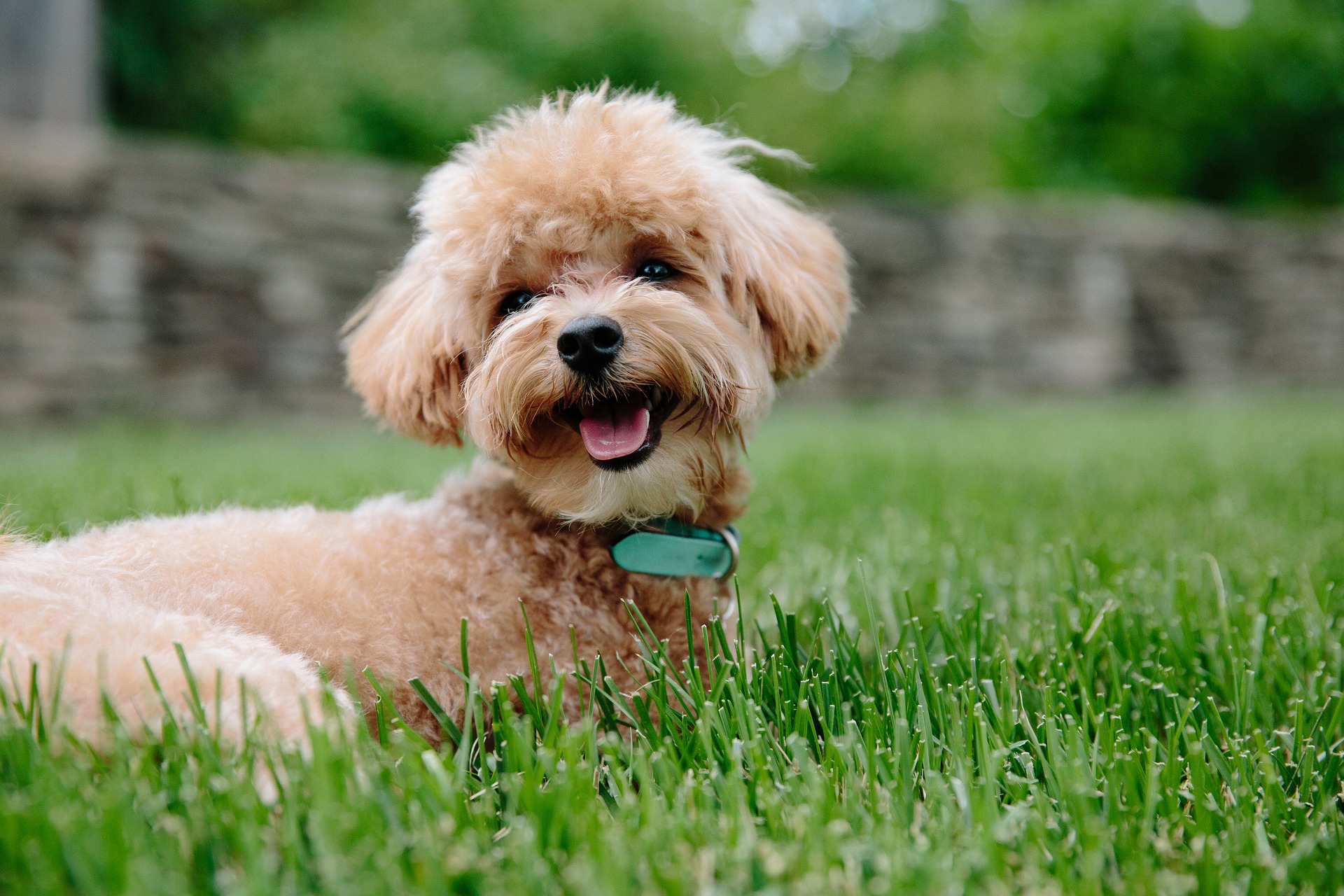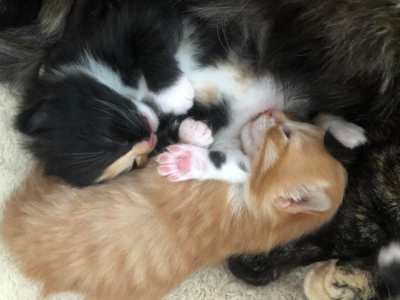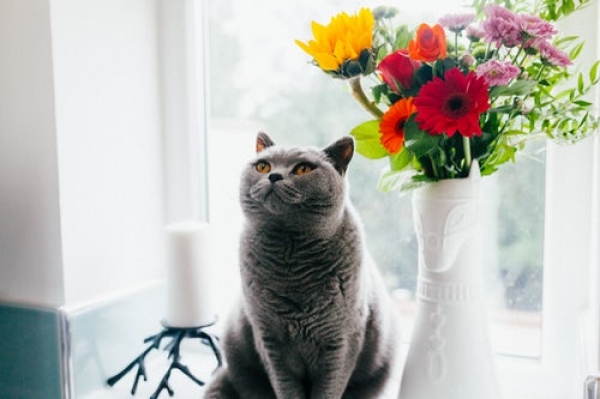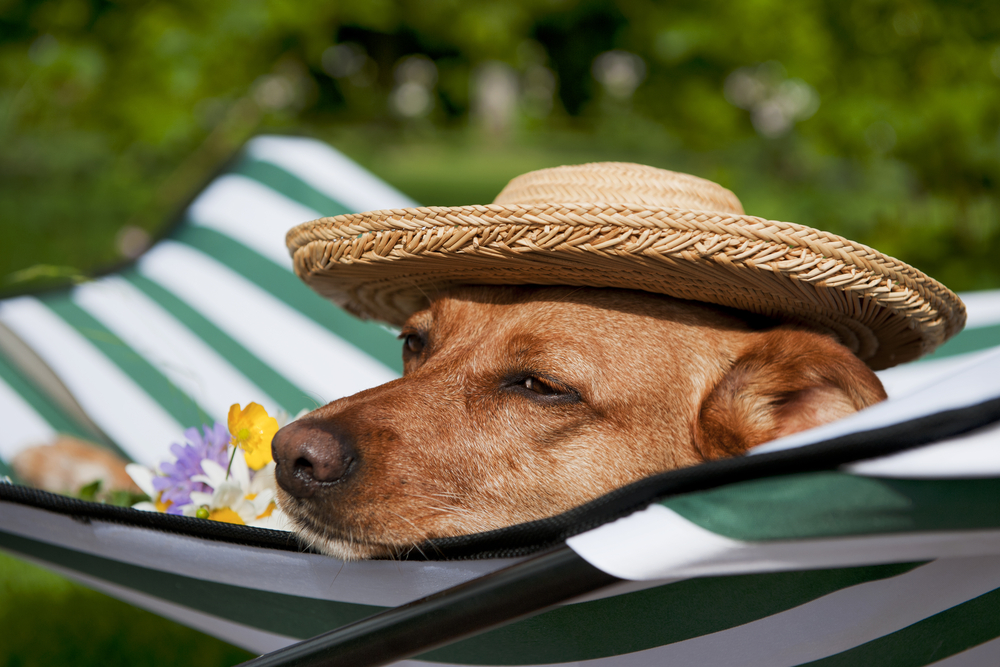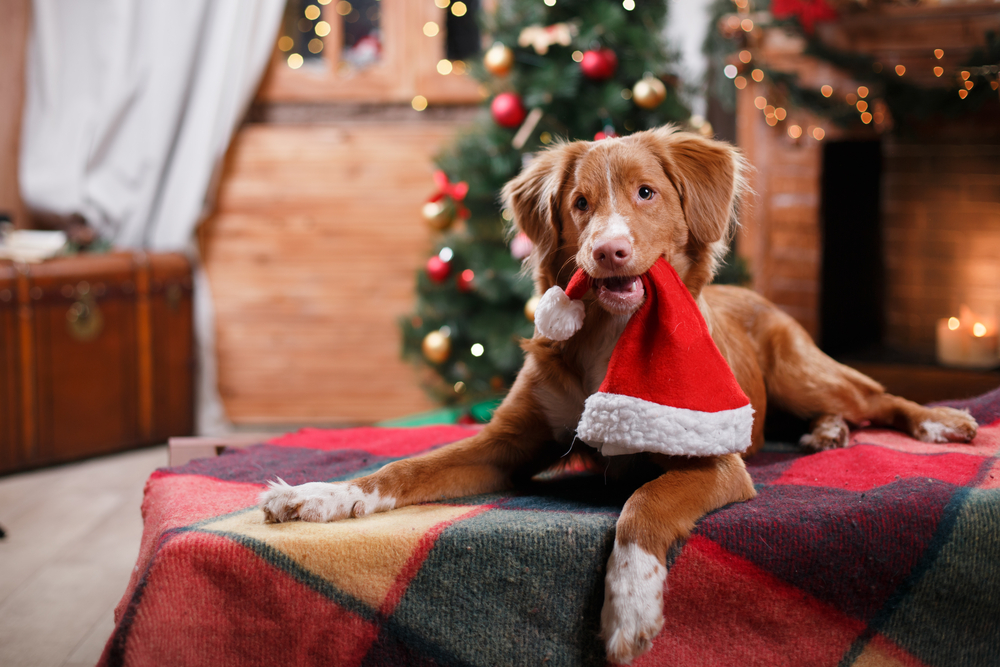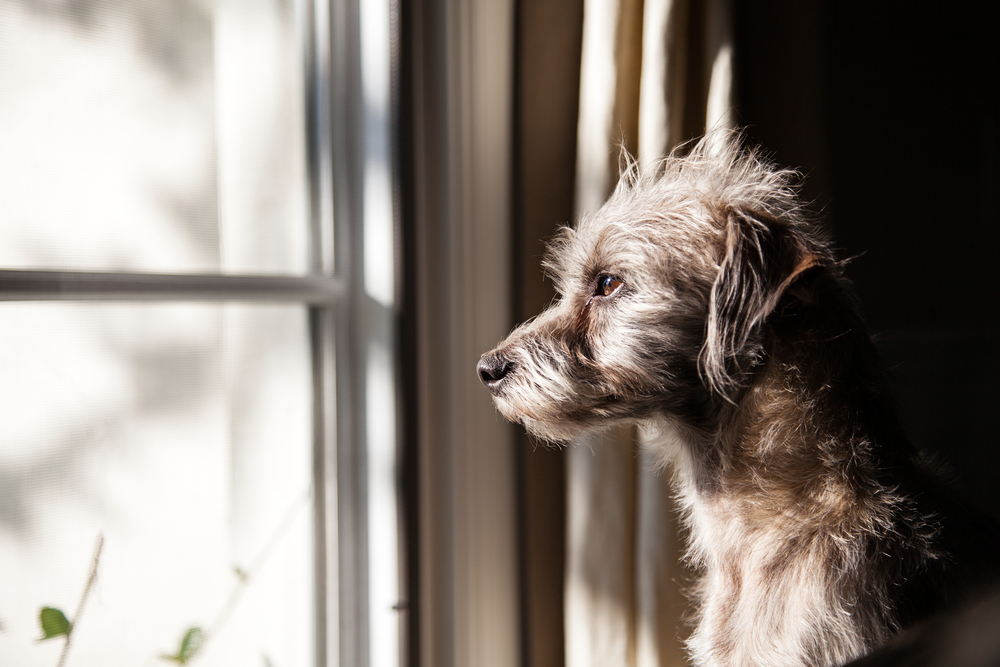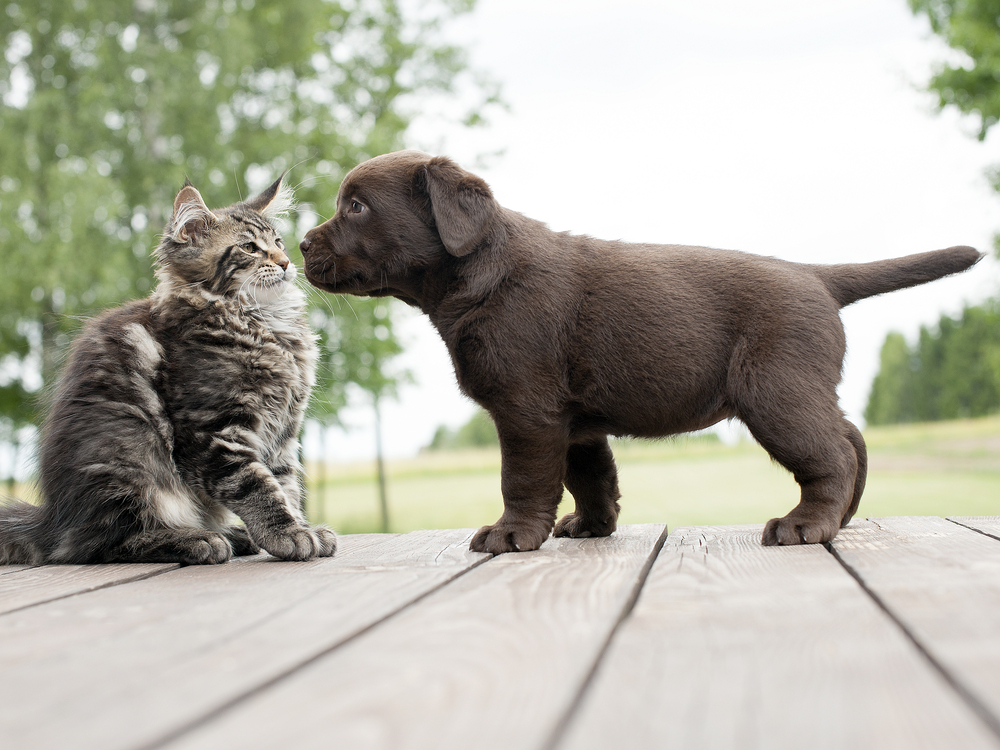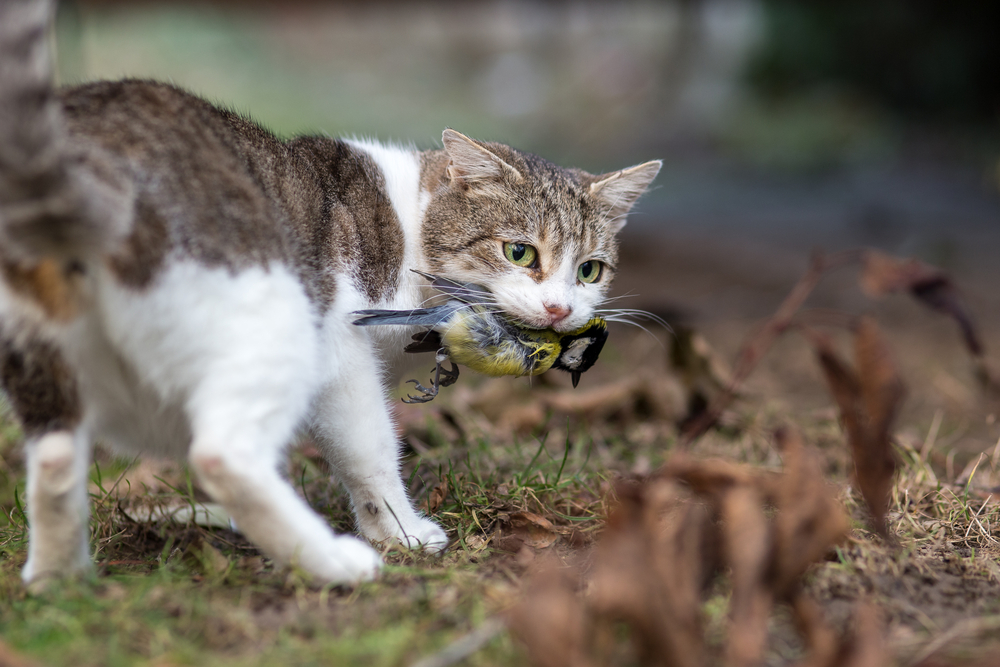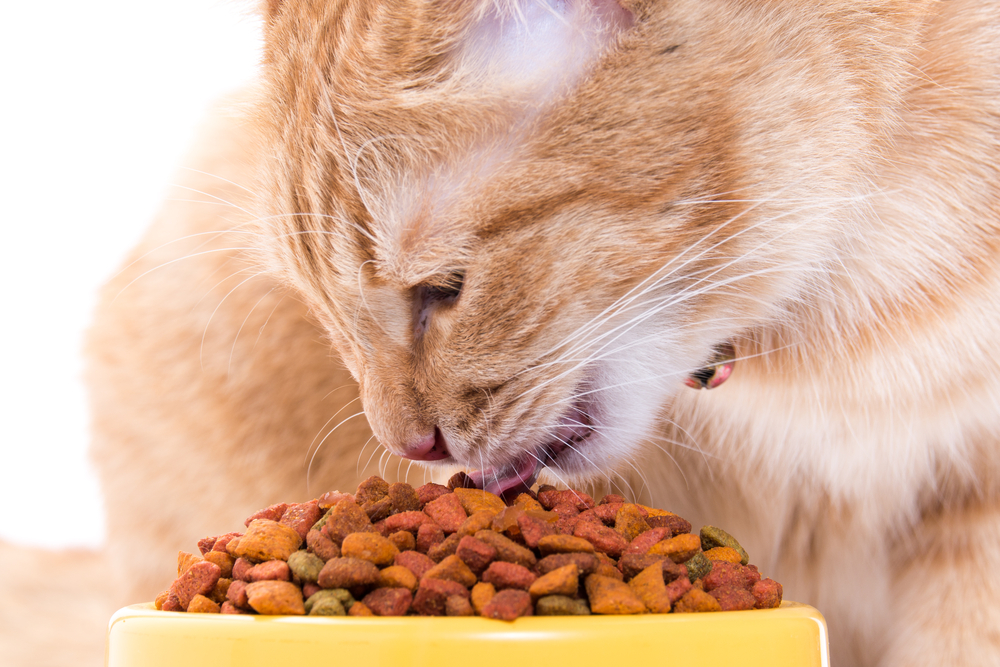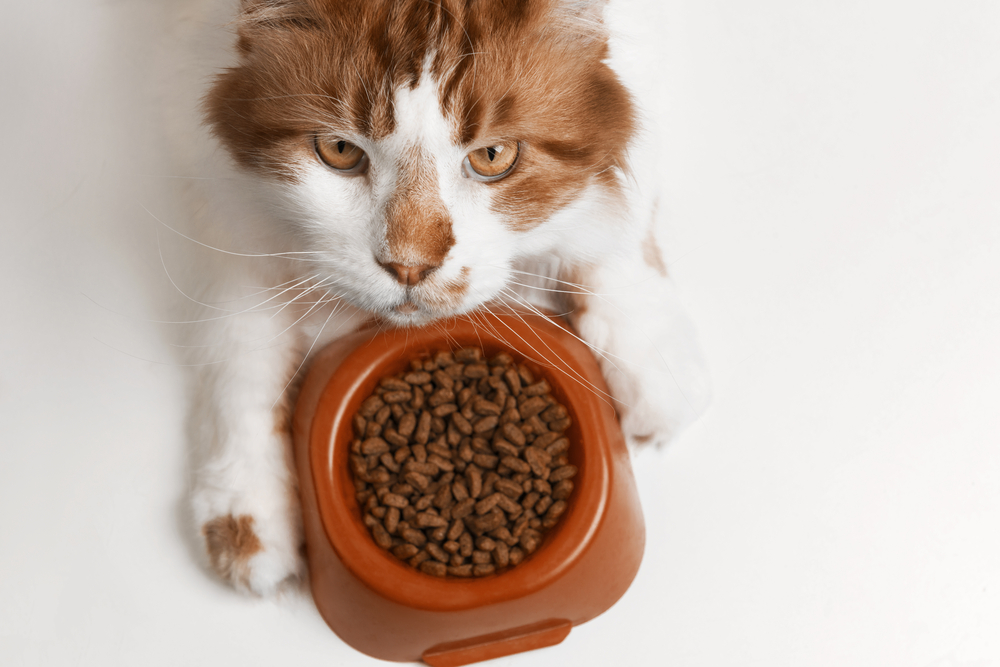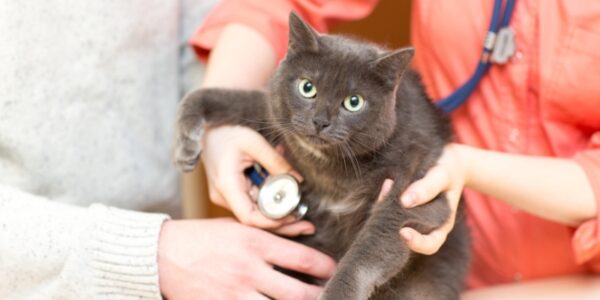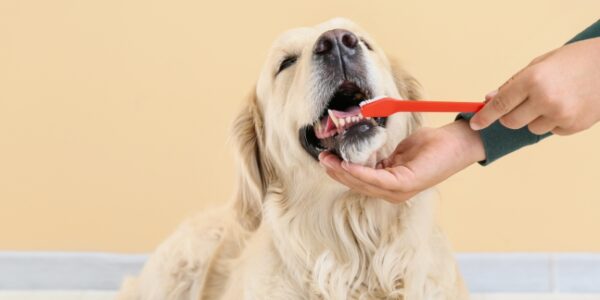Thanks to better nutrition, disease prevention and proper home care, cats are now living longer than ever before. Senior cats have recently been redefined as cats over the age of 11 years, but it’s not uncommon f...
Read More
Category: Cats
-

-
 COVID-19 has changed the way we go about our lives and will continue to for many months. When it comes to the virus, there are plenty of questions to be asked, so here are a few answers: How is COVID-19 spread...
COVID-19 has changed the way we go about our lives and will continue to for many months. When it comes to the virus, there are plenty of questions to be asked, so here are a few answers: How is COVID-19 spread...
Read More -
 It’s Spring, the season of adorable baby animals, and that means kittens are going to be out in abundance! Already, we have been inundated with requests from kind members of the public to help with small kittens ...
It’s Spring, the season of adorable baby animals, and that means kittens are going to be out in abundance! Already, we have been inundated with requests from kind members of the public to help with small kittens ...
Read More -
 Pardon the pun, but you don’t have to be blind to see that your pet’s eyes are very important! Eye issues can be serious. That’s why, if you notice anything unusual about your pet’s eyes, it’s best to have the...
Pardon the pun, but you don’t have to be blind to see that your pet’s eyes are very important! Eye issues can be serious. That’s why, if you notice anything unusual about your pet’s eyes, it’s best to have the...
Read More -
 When it comes to your pet, you might think that carrying a few extra kilos isn't a big deal. Unfortunately, overweight pets are at an increased risk of developing a host of diseases such as: arthritis, heart dise...
When it comes to your pet, you might think that carrying a few extra kilos isn't a big deal. Unfortunately, overweight pets are at an increased risk of developing a host of diseases such as: arthritis, heart dise...
Read More -
 During summer, most of our pet patients visit our East Kew veterinary clinic because they have been overexposed to the harsh sun. In this blog, we are explaining the different health consequences that this exposu...
During summer, most of our pet patients visit our East Kew veterinary clinic because they have been overexposed to the harsh sun. In this blog, we are explaining the different health consequences that this exposu...
Read More -
 In December, our Balwyn vet sees a lot of patients with tummy upsets which can often be traced back to too many rich festive foods. Ideally, pets should not ever be fed processed foods as their stomachs have not ...
In December, our Balwyn vet sees a lot of patients with tummy upsets which can often be traced back to too many rich festive foods. Ideally, pets should not ever be fed processed foods as their stomachs have not ...
Read More -
 Separation anxiety is a common psychological condition which pets can suffer from when separated from their owner. Both cats and dogs can suffer from separation anxiety and it can manifest at any time over the co...
Separation anxiety is a common psychological condition which pets can suffer from when separated from their owner. Both cats and dogs can suffer from separation anxiety and it can manifest at any time over the co...
Read More -
 We’ve all heard the phrase, “First impressions are everything.” But did you know that this age-old adage applies to the animal kingdom, too? Many people ask our vet in East Kew how they should go about introducin...
We’ve all heard the phrase, “First impressions are everything.” But did you know that this age-old adage applies to the animal kingdom, too? Many people ask our vet in East Kew how they should go about introducin...
Read More -
 On July 26th 2018, the Victorian Government officially declared feral cats to be a pest species on public land. This means that trapping, baiting and possibly bounties can be put into place in order to manage fer...
On July 26th 2018, the Victorian Government officially declared feral cats to be a pest species on public land. This means that trapping, baiting and possibly bounties can be put into place in order to manage fer...
Read More -
 As a pet owner, it is imperative to know what kinds of foods are appropriate for your cat or dog. Whether you should feed your pet wet or dry food has been hotly debated among the pet community for quite some tim...
As a pet owner, it is imperative to know what kinds of foods are appropriate for your cat or dog. Whether you should feed your pet wet or dry food has been hotly debated among the pet community for quite some tim...
Read More -
 Cats spend approximately 40 per cent of their lives as seniors. It's therefore important that they eat the correct food to maintain optimal health. Senior cats have different nutritional requirements than their y...
Cats spend approximately 40 per cent of their lives as seniors. It's therefore important that they eat the correct food to maintain optimal health. Senior cats have different nutritional requirements than their y...
Read More
